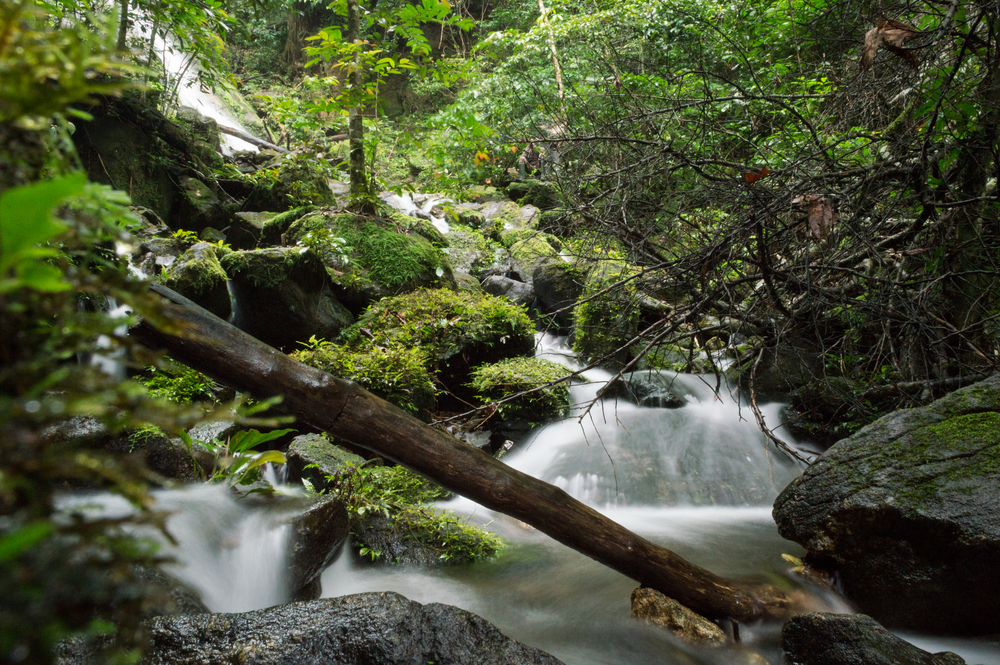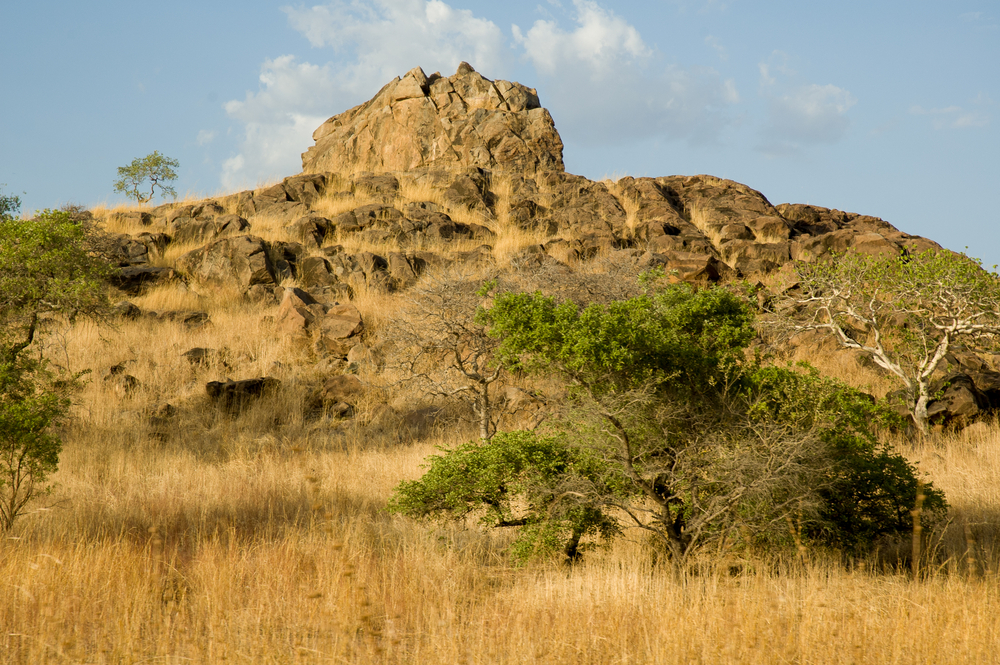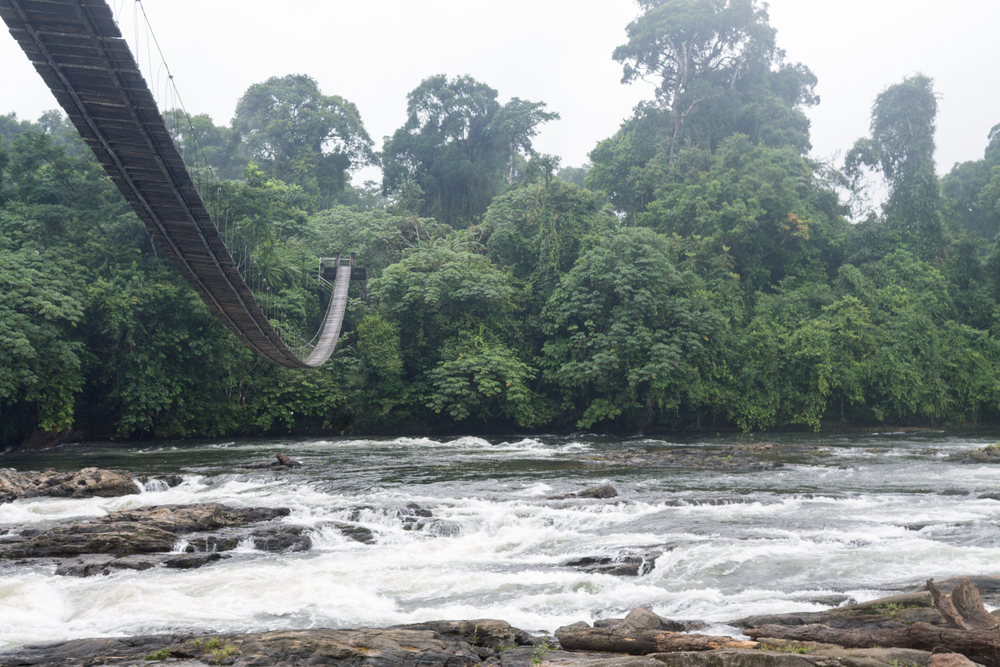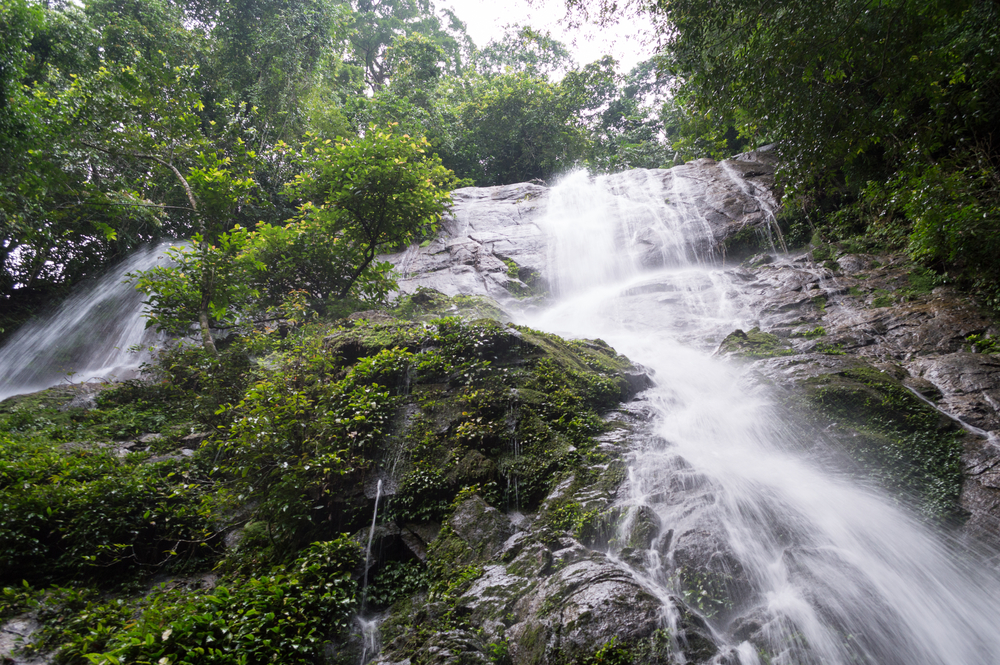Korup Overview
Korup National Park, situated in the Southwest Region of Cameroon, near the Nigerian border, stands as one of the oldest and most biologically diverse rainforests in Africa. Covering an area of approximately 1,260 square kilometers (486 square miles), Korup was established as a national park in 1986, following decades of scientific research that highlighted its exceptional biodiversity and ecological importance. The park’s landscape is characterized by rugged terrain, with undulating hills, deep valleys, and the meandering Cross River contributing to its complex ecosystem.
Korup National Park is renowned for its rich flora and fauna, hosting over 1,000 plant species, some of which are endemic to the region. The park’s dense canopy and lush undergrowth provide a habitat for a wide array of wildlife, including several endangered species such as the drill (Mandrillus leucophaeus), chimpanzees, and forest elephants. It is also home to an impressive variety of birds, reptiles, amphibians, and insects, making it a critical conservation area and a haven for naturalists and researchers.
One of the park’s most significant features is its suspension bridge, which at 169 meters long, offers visitors a unique vantage point to experience the rainforest canopy and observe the park’s diverse wildlife. The park’s network of trails and the local community’s involvement in ecotourism initiatives provide opportunities for guided hikes, bird watching, and cultural exchanges, allowing visitors to immerse themselves in the natural beauty and cultural heritage of the area.
Korup National Park’s conservation efforts focus on protecting its unique biodiversity against threats such as deforestation, poaching, and habitat degradation. These efforts are critical in preserving the ecological balance and ensuring the survival of the species that call Korup home.
Korup National Park is not just a conservation area; it is a testament to the richness of Africa’s natural heritage, offering insights into the continent’s ancient ecosystems and the importance of protecting these vital resources for future generations.
Park Map
Korup National Park Highlights
Engaging Korup
Korup National Park Trails
Related National Parks More Cameroon
Sources
- African Tour Operators, Korup National Park, https://www.africatouroperators.org/cameroon/korup-national-park, retrieved March 2024.
- Ambazonia, Korup National Park, https://ambazonia.org/en/67-korup-national-park, retrieved March 2024.
- Alluring World, Korup National Park, http://www.alluringworld.com/korup-national-park/, retrieved March 2024.
- PSMNR, Korup National Park, http://psmnr-swr.org/biodiversity/protected-areas/korup-ndongere/, retrieved March 2024.
- Travel Cameroon, Korup National Park, http://www.travelocameroon.com/places-to-visit/korup-national-park/#.XxWo4pNKjOc, retrieved March 2024.
- World Wildlife Fund, Korup National Park, https://cameroon.panda.org/places_landscapes/coastal_forests_programme/korup_national_park/, retrieved March 2024.













































































